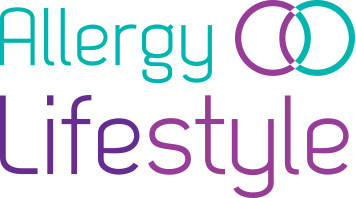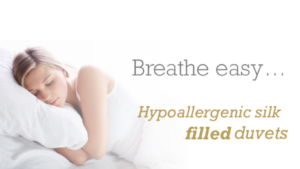Allergy Blog
Anaphylaxis: What to do if you have an anaphylactic reaction when you’re alone
Having an anaphylactic reaction is scary, but it’s even scarier when you’re by yourself. Though young children will have a parent or caregiver around to help in case of emergency, there may not always be someone around if you are a teenager or an adult. If you are alone and fear that you are having an anaphylactic reaction or think you may have accidentally ingested or come into contact with something you are allergic to, it’s important to seek help immediately.
If there is anyone else around, even someone you don’t know, you should alert them. They can then call for an ambulance and explain what’s happening to medical personnel if you are unable.
Allergy Action Plan
If you are completely alone, then follow your allergy action plan. You should have a written action plan developed by your allergist which details what symptoms you should look out for so you can quickly realise if you are having a reaction.
You should also include in the plan what to do if you are experiencing anaphylaxis. The two most important actions are self-injecting adrenaline with an adrenaline auto-injector and calling for an ambulance. It’s important to stay as calm as possible as anxiety can exacerbate symptoms in some cases.
Alert wear
Wearing a medical alert pendant or bracelet/wristband is important as it provides information to medical personnel on your allergies and medications. Make sure all of your medications are easily accessible and kept together so you don’t need to search for them in an emergency. Your doctor can advise you on what should be in your emergency kit.
Know how to use your adrenaline pen
A study of paediatric allergists showed that most believed that by 12 -14 years old, children should begin carrying their adrenaline pen, taking responsibility for learning to self-inject adrenaline and should begin to self-inject their adrenaline pen when needed.
It’s important that older children and teenagers know how to self inject with their adrenaline pen. They should use a trainer pen which contains no needle or medicine and can usually be obtained from your pharmacist or the manufacturer of the pen for free.
Source:
https://allergicliving.com/experts/what-to-do-if-you-have-a-reaction-when-home-alone/
https://www.healthline.com/health/allergies/timeline-anaphylactic-reaction#4
Disclaimer: The information provided is for informational purposes only and is not intended to be a substitute for professional medical advice, diagnosis or treatment. Allergy Lifestyle Limited (t/a) Allergy Lifestyle) uses reasonable endeavours to check the accuracy of information provided however no warranty is given that they are error-free. Always seek the advice of an allergy specialist and follow your anaphylaxis emergency care plan.








